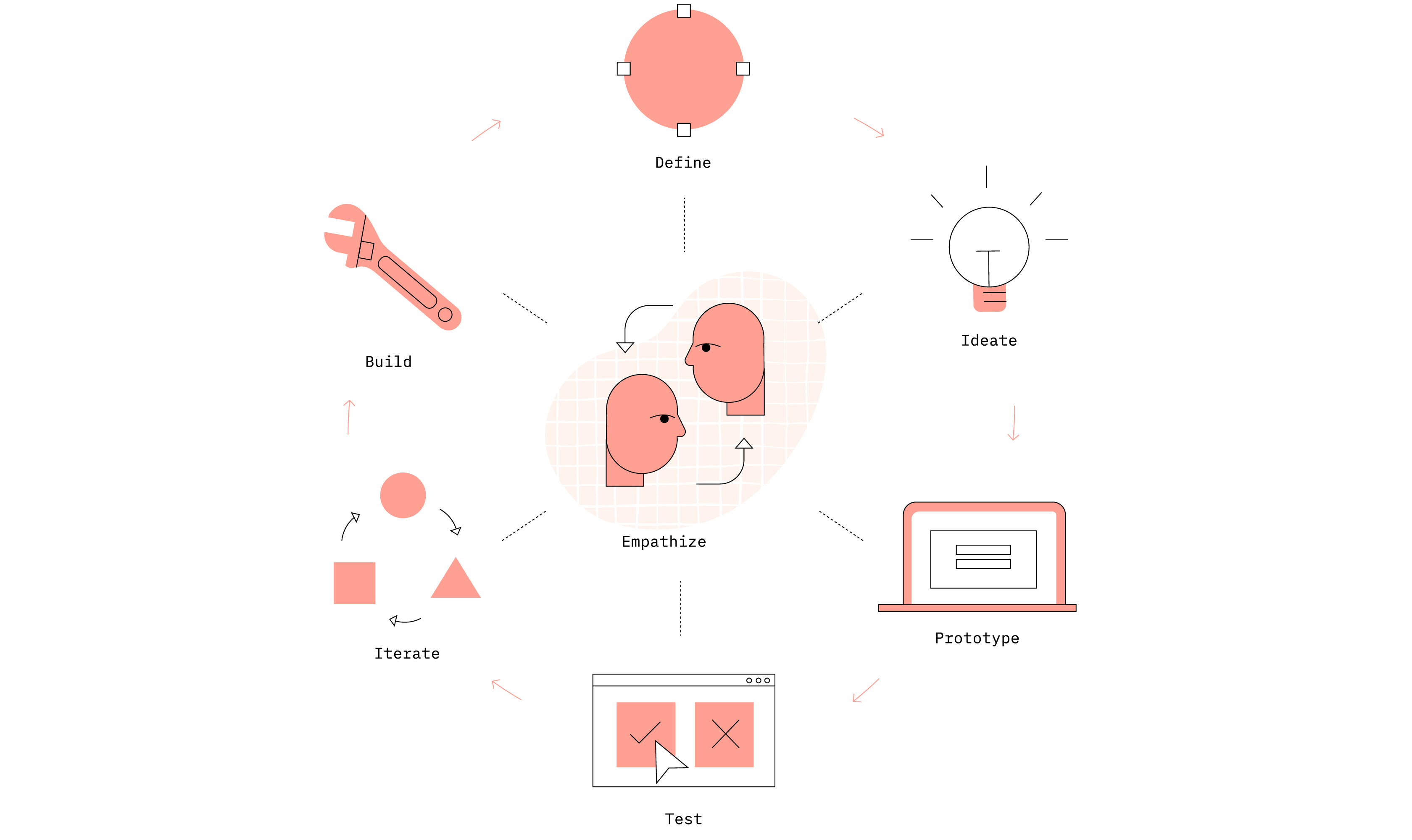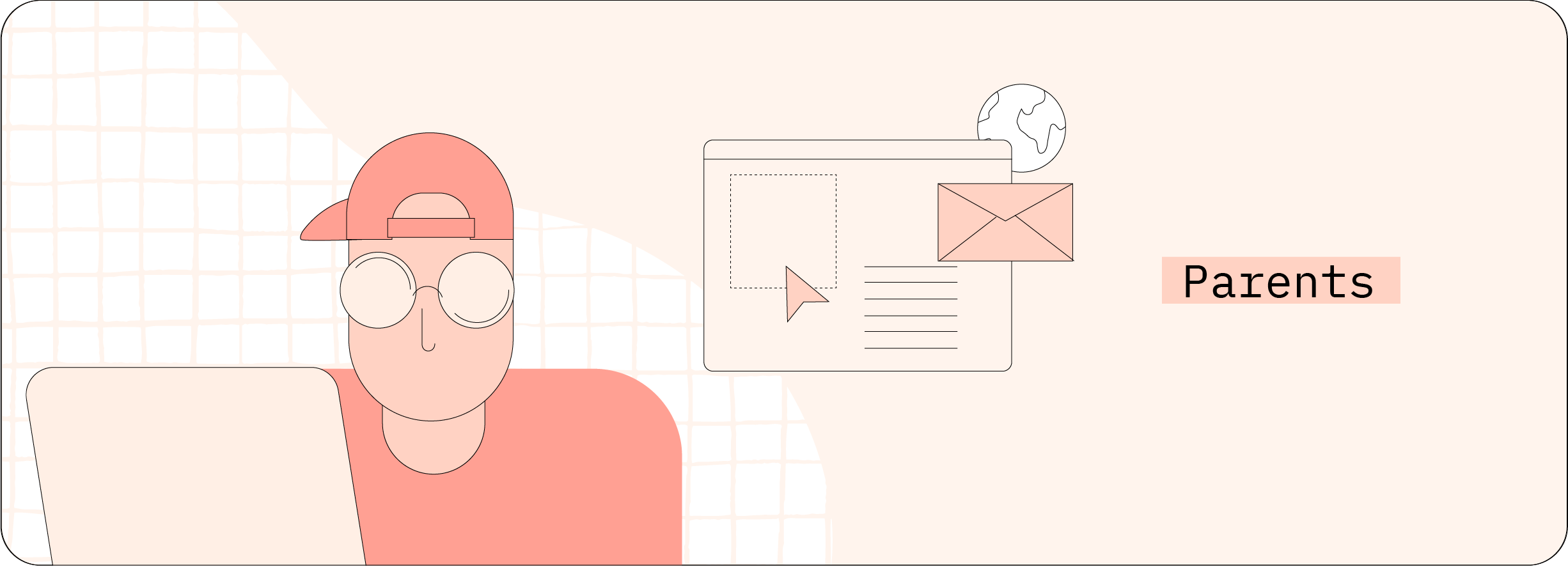Applying design thinking to understand the impact of COVID-19 on education
As the end of summer approaches, parents, teachers, and students experience a multitude of emotions in anticipation of the upcoming school year.
The 2020 school year, however, is primed to bring about unprecedented challenges. Nationwide, schools are continuing to struggle to adapt in a world shaped by the current global pandemic.
According to the nonprofit assessment organization NWEA, teachers are likely to see an even broader array of achievement gaps when schools reopen.
As Kevin Huffman, partner at national education non-profit City Fund, told The Washington Post, virtual learning in the age of COVID-19 is messy—at best:
Years of research shows that online schooling is ineffective—and that students suffer significant learning losses when they have a long break from school. Now they’re getting both, in a hastily arranged mess.
Applying Design Thinking to EdTech
As a user-centered digital product consultancy, DockYard used design thinking—executed through three, one-week design sprints—to engage parents, teachers, and students. Through focused user surveys and interviews, we aimed to better understand the unique distance learning challenges they each face.
 Design thinking is a non-linear, iterative process that teams use to understand users, challenge assumptions, redefine problems, and create innovative solutions to prototype and test. - Interaction Design Foundation
Design thinking is a non-linear, iterative process that teams use to understand users, challenge assumptions, redefine problems, and create innovative solutions to prototype and test. - Interaction Design Foundation
Armed with those insights, we conducted a collaborative EdTech Workshop with select research participants to identify potential solutions to improve education in a COVID-19 world.
Our Findings
Through our user-focused design sprints, we uncovered common pain points, benefits, and opportunities from parents, teachers, and students with experience navigating the challenges of distance learning in the wake of the pandemic.
Here’s what we learned:
.png)
Reimagining the Virtual Classroom
While there is much uncertainty around the future of education, one thing is clear: distance learning needs to evolve quickly to meet the needs of families and educators.
We invited select participants from our research group to join an EdTech Workshop focused on finding solutions for the most common challenges facing the future of virtual education.
Here is a snapshot of the solutions participants felt would have the biggest impact on reducing friction for remote learning:

Ways to help parents…
- Supplement education: Participants agreed that gamification of learning would complement course work and help combat lack of student motivation and attention. They suggested schools offer board game assignments or pay for subscriptions to educational gaming platforms to engage students.
- Balance work and childcare: To create more structure—and help working parents balance priorities—participants suggested implementing calendar and scheduling tools at home to set parameters around “work” and “home” time for families.

Ways to help teachers…
- Learn and use remote technology: As evidenced by our research, there are a sea of edtech tools available to educators today. While it is great they have options, it can also be challenging for instructors to learn how to use each tool effectively. Participants agreed that school systems should designate a “peer trainer” to become an expert on the tools selected by their administration. These trainers can then help train and troubleshoot with their colleagues.
- Update teaching styles: Curriculum that works in the classroom does not always translate well to remote learning. Participants determined that educators should be required to receive remote teaching certifications to help them adapt their lesson plans for the digital classroom.

Ways to help students…
- With engagement and participation: Parents, teachers, and students themselves all cited staying engaged in the virtual classroom as a major hurdle for students. To address this, participants recommend educators provide a centralized knowledge hub to make all tools, lessons, and resources easier to use and access to remove roadblocks for participation.
- Replace in-person socialization: Across all research groups, individuals expressed concerns around the lack of opportunities for students to socialize with their teachers and peers. Participants encouraged more 1:1 student tutorial sessions with teachers, “open office hours,” and small group breakouts with other students.
Take a deeper dive on additional challenges, opportunities, and solutions we discovered with each of our research groups:
The Future of EdTech is Web
The education sector is in the midst of a necessary, albeit difficult, digital transformation. Through our research, we heard many stories of parents, teachers, and students struggling to identify the right tools to use, learn how to implement them effectively, stay engaged, and maintain connections with their peers.
Web technologies have the potential to empower edtech providers to meet and exceed the needs of everyone involved in virtual learning, from administrators to kindergarteners.
So, why the web? With web-based technologies, edtech providers and their users experience a variety of benefits.
EdTech companies leveraging web technologies, such as Progressive Web Applications (PWA), experience:
- Faster delivery and maintenance as compared to native applications;
- The ability to skip long, complicated, and costly app store approval processes; and
- Simplify development and reduce spend through use of a single code base.
On the user side, web applications can:
- Deliver more consistent experiences across diverse devices and operating systems;
- Offer enhanced reliability (even with low latency); and
- Deliver content more seamlessly and at faster speeds.
Web applications are also designed with change in mind, meaning edtech providers can more readily adapt to meet the ever-changing technology/feature enhancements users demand.
DockYard has partnered with educational leaders like Harvard University and McGraw-Hill, as well as industry disruptors like IntelliSpark and Learnivore, to define, design, develop, and deliver the next-generation of digital edtech products via the web.
Learn more about our experience accelerating digital innovation in education.






